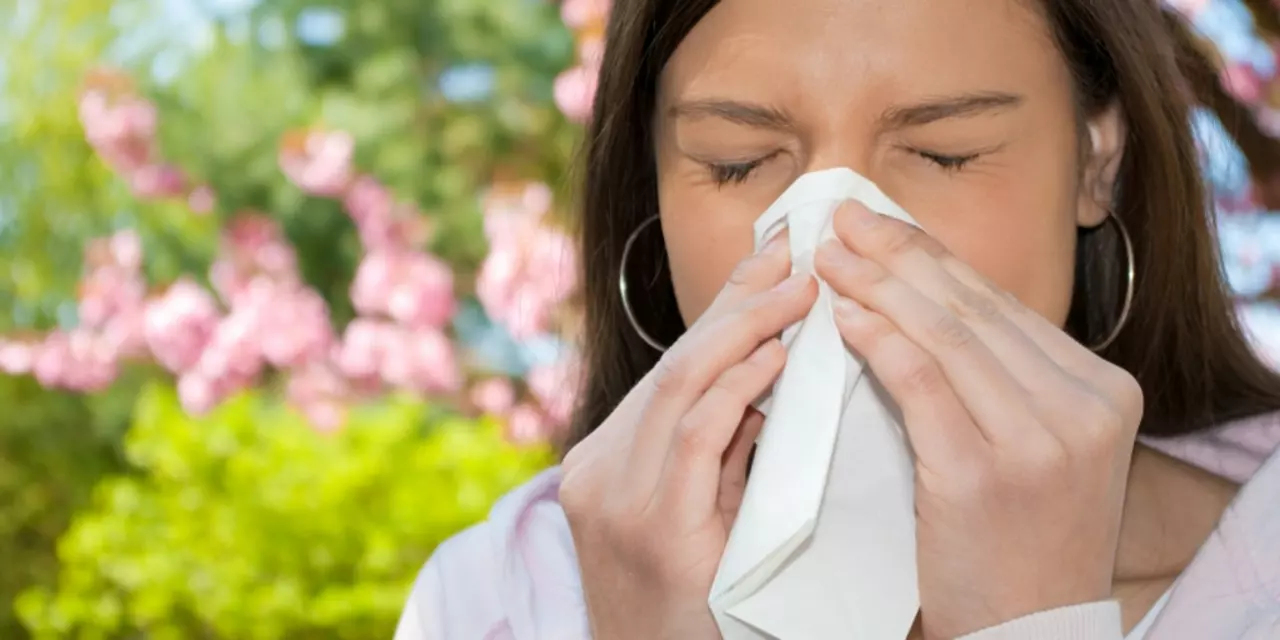Allergy-Friendly Garden: Simple Choices That Cut Pollen
Want to enjoy your yard without sneezing through every visit? Building an allergy-friendly garden is about smart plant choices and regular care, not giving up on green space. Here are clear, practical steps you can use this weekend to make your outdoor space gentler on allergies.
Pick low-pollen plants and plan layout
Start with plants that don't release much airborne pollen. Look for female or sterile cultivars of trees (many local nurseries label them), and choose pollinated-by-insects plants such as roses, snapdragons, and most fruit trees. Avoid wind-pollinated species like birch, oak, many grasses, and ragweed. If you want turf, pick a low-pollen grass variety or use groundcovers like creeping thyme or sedum in small areas.
Think about placement: put higher-pollen plants downwind from patios, doors, and windows. Use hedges or solid fences as windbreaks to block pollen flow into living areas. Container beds let you control plant choice tightly—great for patios and balconies.
Maintenance habits that actually lower triggers
Water early in the morning to dampen pollen and reduce airborne dust. Regularly mow lawns with a mulching mower and keep the mower blade high—short mowing stirs up pollen and dust. Rake or compost leaves quickly; wet, decaying leaves breed mold spores, another common trigger.
Prune spring-blooming shrubs after they flower so you remove seed pods and spent flowers before they release pollen or seed. Deadhead flowers that set seed to reduce self-seeding weeds. Clean tools and pots to prevent mold and plant disease build-up.
Want less grass to rake and mow? Add hardscape areas like gravel paths, pavers, or mulch beds. Mulch suppresses weed growth and keeps wind-blown pollen from kicking up dust. Choose coarse mulch and replace it every year or two to avoid mold growth under heavy shade.
Check your local pollen forecast—on high pollen days, keep windows closed and run an air purifier indoors with a HEPA filter. If you garden on bad days, wear a mask and glasses to protect your face from pollen and dust. Washing clothes and showering after outdoor work reduces pollen brought into the house.
Don’t forget pets: they can carry pollen on fur. Wipe your pet’s coat after outings and keep pet bedding washed frequently to cut indoor triggers.
Small changes add up. Swap a few high-pollen plants for low-pollen ones, water smart, and maintain regularly. If allergies are severe, check pollen calendars for your area and talk with your doctor about prevention strategies. You can still enjoy a beautiful, comfortable garden without the constant sniffles.

